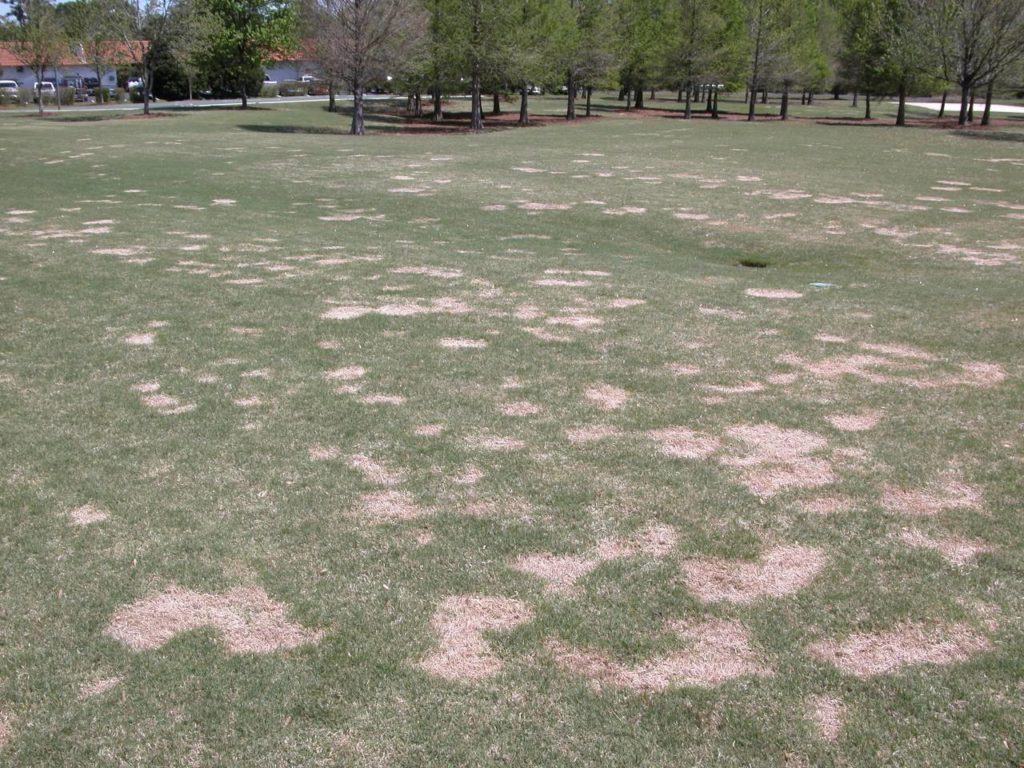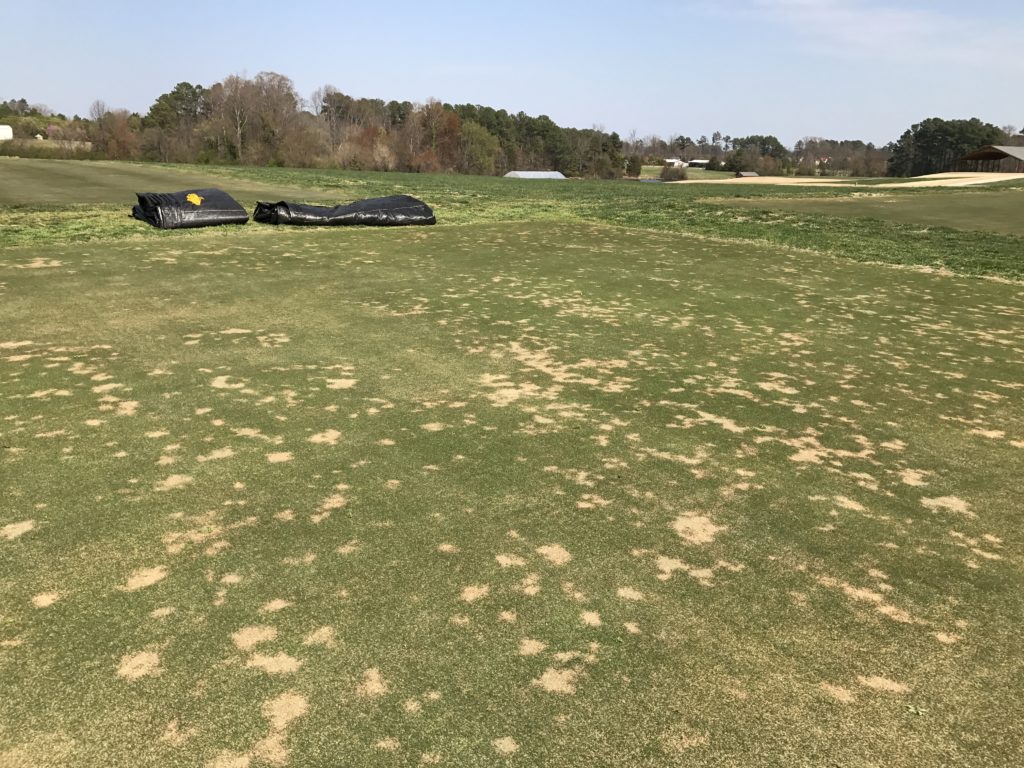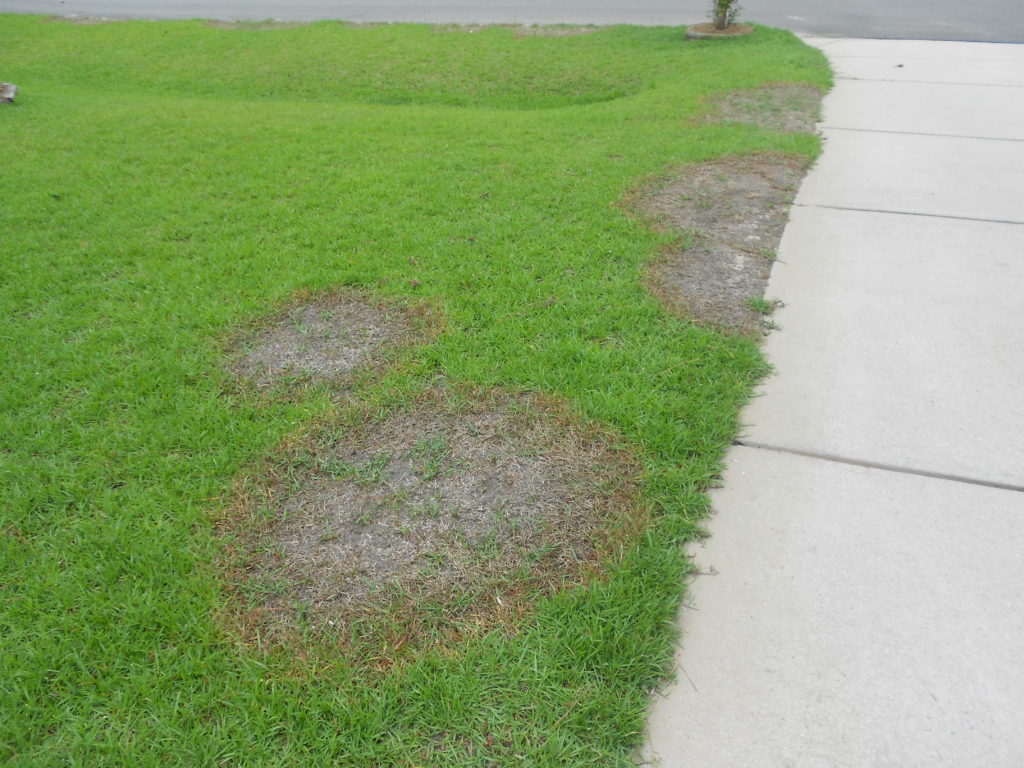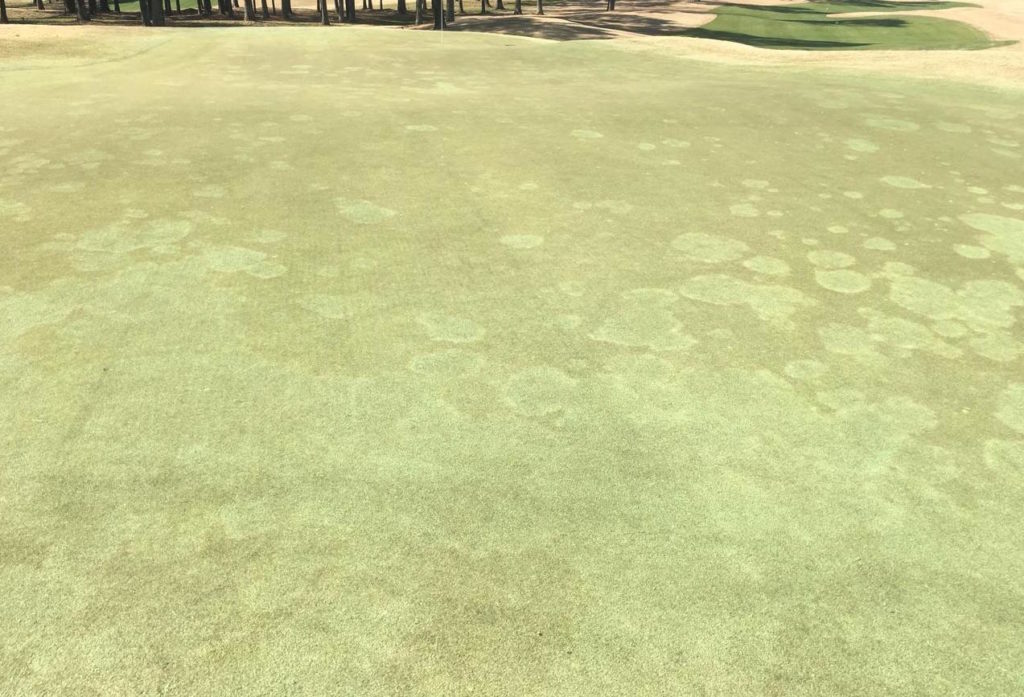Fall Into Warm-Season Disease Prevention
go.ncsu.edu/readext?623178
en Español / em Português
El inglés es el idioma de control de esta página. En la medida en que haya algún conflicto entre la traducción al inglés y la traducción, el inglés prevalece.
Al hacer clic en el enlace de traducción se activa un servicio de traducción gratuito para convertir la página al español. Al igual que con cualquier traducción por Internet, la conversión no es sensible al contexto y puede que no traduzca el texto en su significado original. NC State Extension no garantiza la exactitud del texto traducido. Por favor, tenga en cuenta que algunas aplicaciones y/o servicios pueden no funcionar como se espera cuando se traducen.
Português
Inglês é o idioma de controle desta página. Na medida que haja algum conflito entre o texto original em Inglês e a tradução, o Inglês prevalece.
Ao clicar no link de tradução, um serviço gratuito de tradução será ativado para converter a página para o Português. Como em qualquer tradução pela internet, a conversão não é sensivel ao contexto e pode não ocorrer a tradução para o significado orginal. O serviço de Extensão da Carolina do Norte (NC State Extension) não garante a exatidão do texto traduzido. Por favor, observe que algumas funções ou serviços podem não funcionar como esperado após a tradução.
English
English is the controlling language of this page. To the extent there is any conflict between the English text and the translation, English controls.
Clicking on the translation link activates a free translation service to convert the page to Spanish. As with any Internet translation, the conversion is not context-sensitive and may not translate the text to its original meaning. NC State Extension does not guarantee the accuracy of the translated text. Please note that some applications and/or services may not function as expected when translated.
Collapse ▲It’s September 12th (still officially summer) and current weather patterns agree with forecasted highs in the upper 80’s/lower 90’s. The fall cool-down should be around the corner and those with cool-season grasses will be worried about cultivation and possibly lowering mowing heights. However, for warm-season turfgrass managers, the season of disease prevention is near. Currently soil temperatures (you’ll need to select ‘daily data’ and ‘daily avg. soil temperature’ in drop down menu) in NC range from 74° to 82oF depending on where you are located in the state. Prevention of diseases such as spring dead spot, large patch, and take-all root rot are almost upon us.
Spring Dead Spot
Spring dead spot is arguably the most destructive disease of bermudagrass and zoysiagrass in the transition zone. The pathogen infects during the fall and predisposes the plant to winter injury. During the spring, circular patches of dead turf typically appear in both grasses maintained at heights conducive for lawns, athletic fields, golf course fairways or tees. On putting greens, the disease can manifest into circular patches, but also can develop in irregular patches that range from quite small to large affected areas.
Recent research out of Oklahoma State University by Dr. Nathan Walker demonstrated that infection was greatest with one of the spring dead spot pathogens when temperatures were at 65oF. Hence, we use a 70oF soil temperature threshold to initiate applications targeting spring dead spot. After the first application, the second application should be made 21 to 28 days after the initial application. Timing of the second application will depend on temperatures during the fall. Our trials on bermudagrass putting greens have shown excellent results applying the second application 21 days after the first. Products that have proven effective in no particular order are Enclave, Kabuto, Lexicon, Maxtima, Navicon, Posterity, Tekken, and Velista. In order to be most effective, products should be irrigated in with at least 1/8 inch of water immediately after application. For more information on this disease, please visit: Spring Dead Spot
Large Patch
Large patch is a disease that is most severe on centipedegrass, St. Augustinegrass and zoysiagrass. Even though bermudagrass is a host and has been frequently documented in NC, it is rarely managed because it typically grows out of the disease without much harm. Whereas the other three listed above struggle to recover from large patch. For zoysiagrass, targeting a 70oF soil temperature is also ideal for preventative control. The disease is so severe in centipede and St. Augustinegrass, the first applications should start when soil temperatures are between 75 and 80oF especially when soil moisture is high.
There are numerous products that are effective, but listed here are a few that have performed exceptionally well in our trials: Torque or Mirage (both are golf only use), Prostar, Heritage, Insignia, Navicon, Lexicon, Headway, Trinity, and Fame. Recent research from Dr. Brandon Horvath at the University of Tennessee demonstrates that applications should be applied in at least 2 gallons/1,000ft2 in order to be effective. This list is not all-inclusive, therefore for more information please visit: Large Patch
Take-all Root Rot
Take-all root rot is a disease of ultradwarf bermudagrass greens and other warm-season grasses. The disease was commonly referred to as bermudagrass decline or root decline of warm-season grasses. We have already observed symptoms of this disease in our area, most likely as a result of recent rainfall.
For our trials, we have targeted mid-October and mid-November for fungicide applications and last year those timings worked quite well. We are currently conducting a timing trial to determine a more precise window for managing this disease. It may be beneficial to start these applications late summer. Currently the best products in our trials and in Dr. Bruce Martin’s trials at Clemson have been Lexicon, Briskway, Mirage, Tartan, Headway, Maxtima, and Navicon. We have typically reapplied fungicides on a 28-day interval and that suppressed the disease into late February the following year. During wet falls, more frequent applications may be necessary to suppress this disease.






